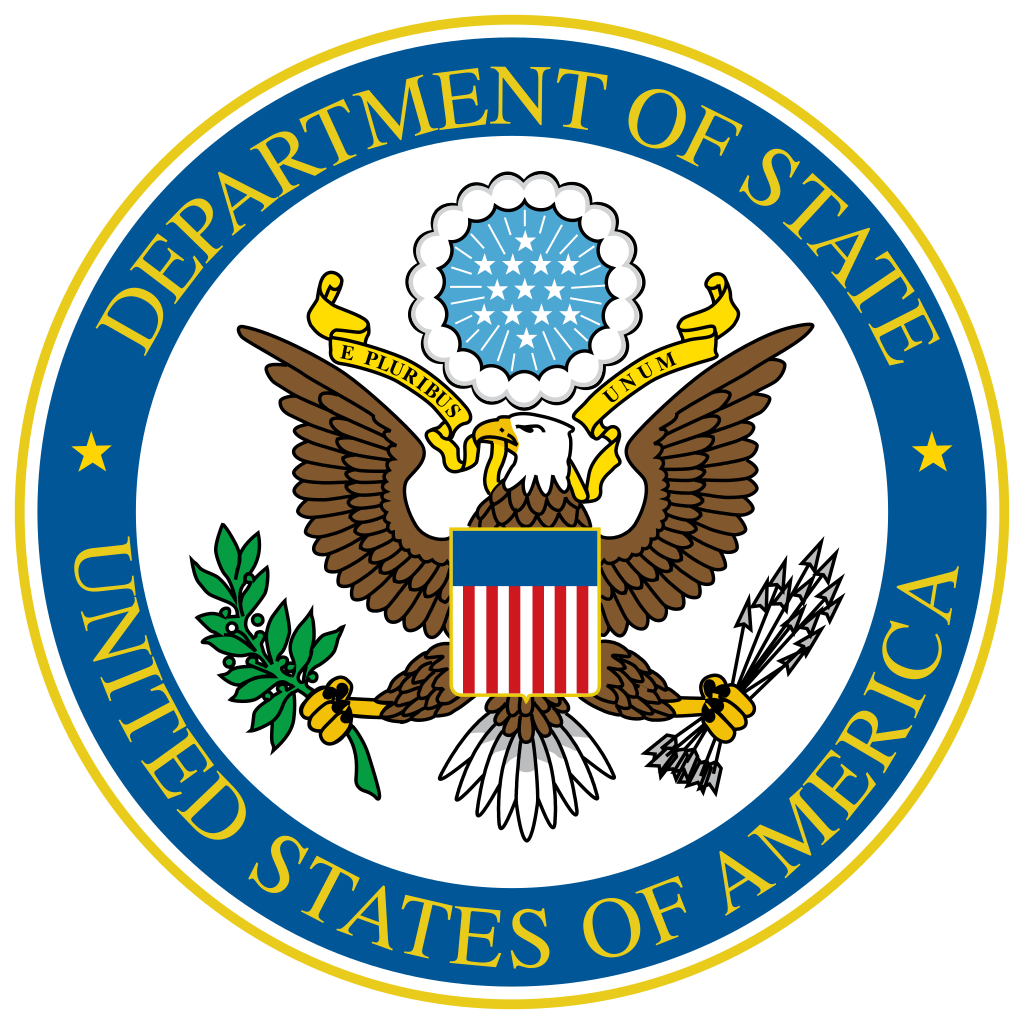
A watchdog reported on Tuesday that although the State Department says it is committed to improving racial and gender representation in its workforce, department leaders have failed to analyze career promotion data to adequately understand barriers women and minorities face.
The Government Accountability Office analyzed data for over 40,000 employees who worked at the department from 2002 to 2018 and found “uneven progress” in improving diversity. The total proportion of racial and ethnic minorities in full-time, permanent positions increased from 28% in fiscal 2002 to 32% in fiscal 2018 with variations among specific races and ethnicities. Over the same period, the number of women at the agency decreased slightly from 44% in 2002 to 43% in 2018. Additionally, with few exceptions, whites and men had the highest promotion rates and held the majority of leadership positions among the career service and foreign service.
“According to State, to represent the United States to the world, the agency must have a workforce that reflects the rich composition of its citizenry. State has implemented several plans, activities, and initiatives to improve diversity and representation throughout the ranks of its workforce,” the report said. “However, longstanding diversity issues persist at the agency, such as underrepresentation of racial or ethnic minorities and women in the senior ranks” and it “may have an incomplete picture of issues affecting diversity in its workforce” with its current annual reporting.
Watch Senator Bob Menendez (D-N.J.), Ranking Member of the Senate Foreign Relations Committee, lead a discussion on the public release of a new GAO report titled “State Department: Additional Steps are Needed to Identify Potential Barriers to Diversity.”